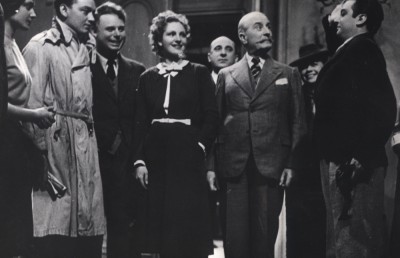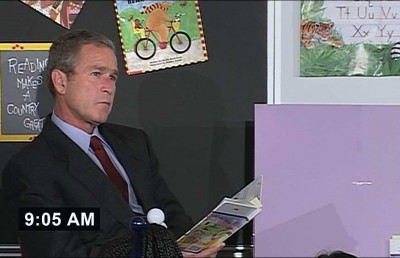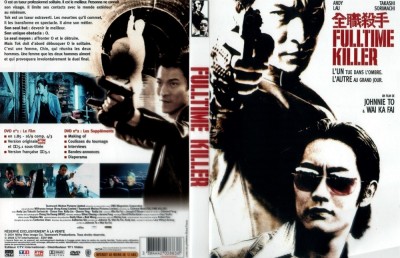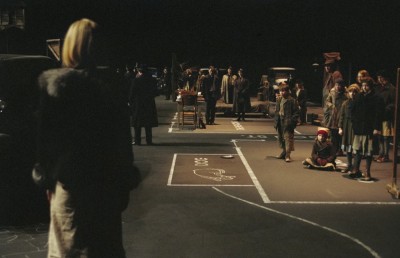The Vampire Lectures
Laurence A. Rickels
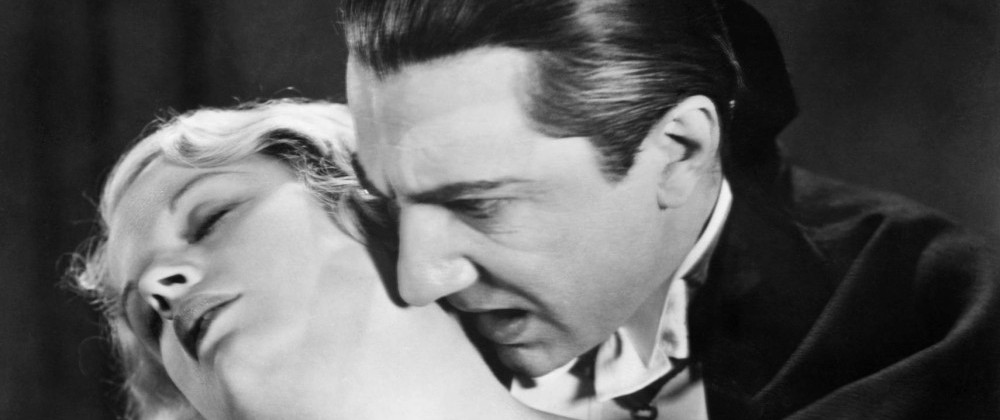
There are a great many university courses best left as courses. Such a one, perhaps, was Laurence A. Rickels’ The Vampire Lectures, which existed humbly in a course catalogue as “Vampirism in German Literature and Beyond” from 1986 until that fateful day in the late nineties when a student conspicuously recorded one of his lectures. Rickels “could not resist the temptation to see those vampire tapes transcribed.”(Rickels, p. xv). The Vampire Lectures is the result of this transcription, and follows the meanderings of a broad introductory course on Freud and vampires. For the most part, this consists of straightforward Freudian takes on vampire literature and film that simultaneously recount the narrative of a given work. Mourning, haunting, gadgetry, cannibalism, incest: these are Rickels’ main preoccupations. With such a compelling corpus and saucy approach, one might suppose it would be hard to go wrong—and certainly, Rickels does have the occasional moment of insight.
Rickels lectures best on history and the classic vampire texts. In the former, he divides vampiric histories into four: that of Medieval Europe, 18th century Europe’s encounter with the East, Bram Stoker’s amalgamation of the prior two, and Anne Rice’s ’80s reinvention—this final conspicuous privileging may account for Rice’s blurb on the back. In the process of detailing the histories, which he undertakes variously across the entire book, Rickels reveals some interesting (if undocumented) facts. At one time in Bulgaria, “the seventh child, the child born with teeth, with a split lower lip, an extra nipple, covered with hair, with red caul or birthmark” hinted at a return as a vampire (p. 3). Later, in the United States, widespread fear of vampirism was related to taphophobia, when “one premature burial a week was reported,” and corpses would be disinterred and found (at the time inexplicably) bloodied from vain escape efforts (p. 20). In a strange adoption, the “vampire etiquette” of being unable to enter a home without invitation, now part of the mythos, was first put forward by Stoker (p. 113). There are other such particulars spread throughout, if thinly.
With the classics, there is a unique approach to Stoker’s Dracula, or at any rate Jonathan Harker’s initial jaunt into Transylvania. Rickels argues persuasively that when Harker ventures into Dracula’s castle, as an Anglo-American tourist […] representative of Western man,” and therefore the most likely reader of Dracula, he is at the same time exploring “the external view of his own psychic insides.” (p. 28-20). As Harker chances on the three vampire brides deep in the castle, it is clearly a libidinous wish-fulfilment. Fatherly Dracula comes along and spoils the moment, providing infants to nourish the brides, and takes Harker away to his cell. An Oedipal trajectory, well discerned. There is an equally fine digression on Mary Shelley’s Frankenstein, which will be addressed, but in keeping with a pervasive theme of The Vampire Lectures, it is now worth mourning one of the more compelling arguments that Rickels hints at but does not let flourish.
It is suggested that, regarding Dreyer’s Vampyr (1932).
We do not see in pictures, we do not see within a fixed perspective; in order to do so we would have to be trapped inside the coffin looking out a little window that constrains and contains our view. Only by embodying a camera or projector, without peripheral vision or context, only then, if we had blinders on us, were undead, and, like the vampire, slept with eyes open, could we see in pictures, put ourselves in pictures by precisely leaving ourselves out, over and out (p. 176).
The parallel made between camera and undead sight is perceptive (recalling the limiting of peripheral vision that allows for certain kinds of cinema’s startle effects) and good advice for nascent directors with an interest in the macabre. Unfortunately, it is thereafter abandoned, although Rickels does liken a number of other, less convincing subjects to vampires. Reagan is a vampire. Rickels himself is a vampire. Frankenstein, if not a vampire, is vampiric. Psychoanalysis is the vampire’s cousin. And so forth.
Rickels purports to have attempted to “watch and take in, inscribe, every vampire, werewolf, mummy, horror, slasher, splatter, and science fiction film or TV show ever made.” (xvi). And yet this fine ambition is not manifest; most of the films he addresses are the more accessible of the genre: Murnau, Browning, Dreyer, Fisher (of Hammer films), Herzog, Coppola, and a good deal of ’80s B. About as arcane as he gets is Ed Wood—not very. (He would certainly have had choice source material to psychoanalyze with Guy Maddin’s Dracula: Pages From a Virgin’s Diary (2002), and it is unfortunate that the film came out after The Vampire Lectures was published: “Others! From other lands!” indeed.) Moreover, Rickels does not seem to hold cinema in much esteem. He never considers it filmically and appears to approach it as so much mediocre literature, “fast food.” (xvi). In a bibliography of nearly one hundred names, only four have to do with film; this despite the book devoting half of its pages to the subject.
The central problem with The Vampire Lectures, however, stems from its status as a transcription and the style that this entails. In his deeply embarrassing preface, Rickels recounts how his “small but compact in-group of student fans” told him with apparent sincerity, regarding an earlier book of his, that they “totally admired” how he captured in his writing his classroom speaking voice (p. xviii).9 In the case of The Vampire Lectures, even when he is “rewriting to the max,” Rickels tells us, it is a replication of how he speaks in class (p. xviii). Notice here the faux-Valley Girl idiom that he reproduces self-consciously as heard through what he calls his “post-punk Freudian Californian ears.” (p. 212). There are other Californian turns of phrase that do little for his argument. Repeatedly, and most conspicuously, he uses real in lieu of, say, extremely, quite, predominantly, or any number of more specific words. So, people are “real close” to one another, (p. 56) although once dead they are “real easy” to dispose of; (p. 179) this much is “real clear.” (p. 236). It is worth adding perhaps that Stephen King is a “real good overlooker.” (p. 196).
In his efforts to replicate his voice, Rickels is joyous for dashes and plays with words endlessly, so that frequently one feels it is not worth the bother to find his point. What sounds like a description of his prose—“It is the condensed or canned laughter of punning, bad rhyming, nonstop eating with a spoonerism, and all the multiple sense of the gag”—is in fact Rickels describing that of another author, without any noticeable self-reflection (p. 275). Suffice it to say that most often the lectures do not profitably make the leap from classroom to page, and Rickels has not learned from Stoker’s expert, clear prose in Dracula, also ostensibly a transcription.
Quite apart from any editing and transcriptive problems, toward the end of the book Rickels loses the plot completely and undertakes an interesting if unrelated account of the Shelley-Godwin set (Mary and Percy Shelley, William Godwin, Mary Wollstonecraft) and Frankenstein as familial prophecy. A Nietzschean (!) reading of Rice’s vampire trilogy immediately follows this, containing the memorable understatement, “The recognition in The Vampire Lestat and in Nietzsche that God is dead is not the end of a problem.” (p. 338). While most likely The Vampire Lectures was a fine class, it is a scattered book. Some harsh editing might have saved it, and perhaps turned it into one hundred solid pages, but as it stands it comes across as lazy. Any book that concludes with the lines, “Because that is the one time that one must take one’s time to take the time it takes. It’s the time of mourning. And now it’s time,” is just real disappointing (p. 350).
The class is no longer on offer.
Bibliography
Rickels, Laurence A. The Vampire Lectures. Minneapolis: Minnesota UP, 1999. xv.


